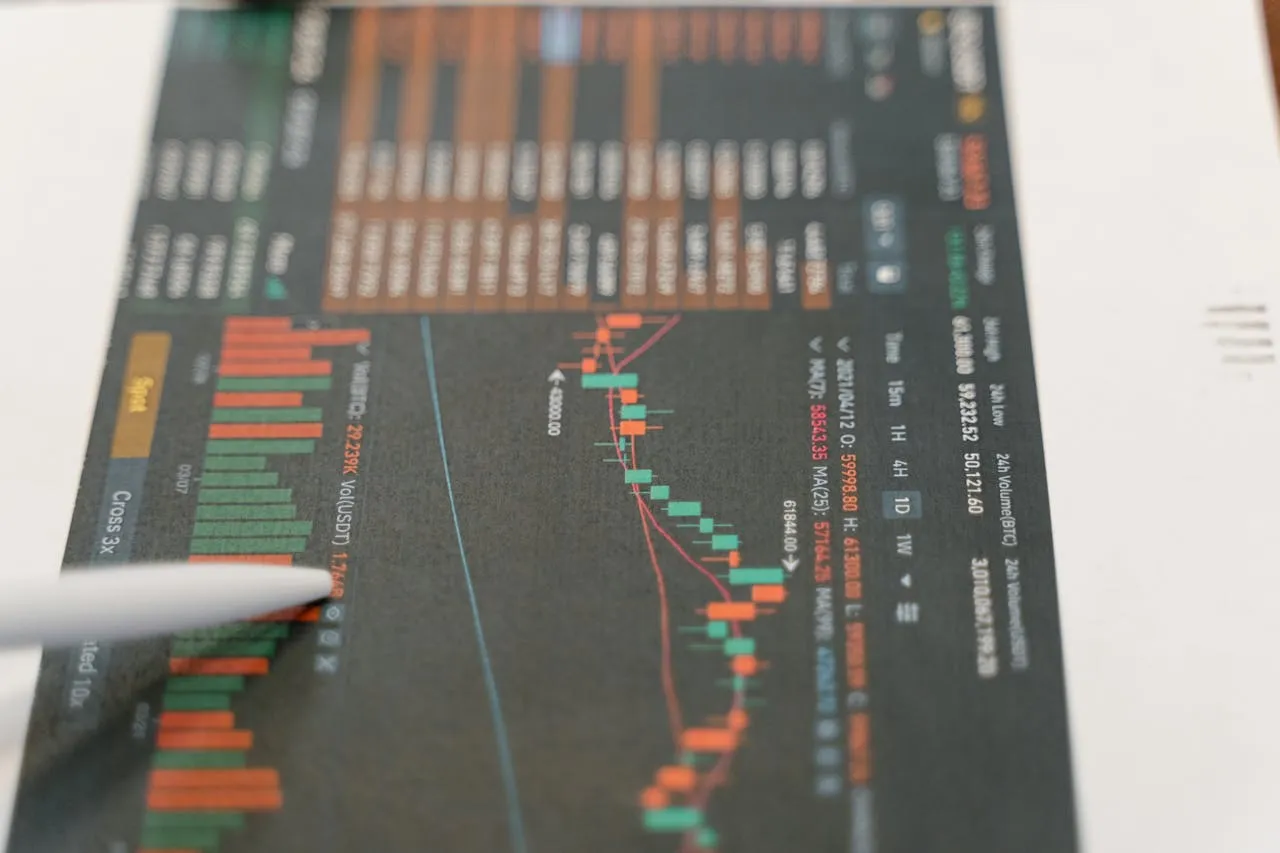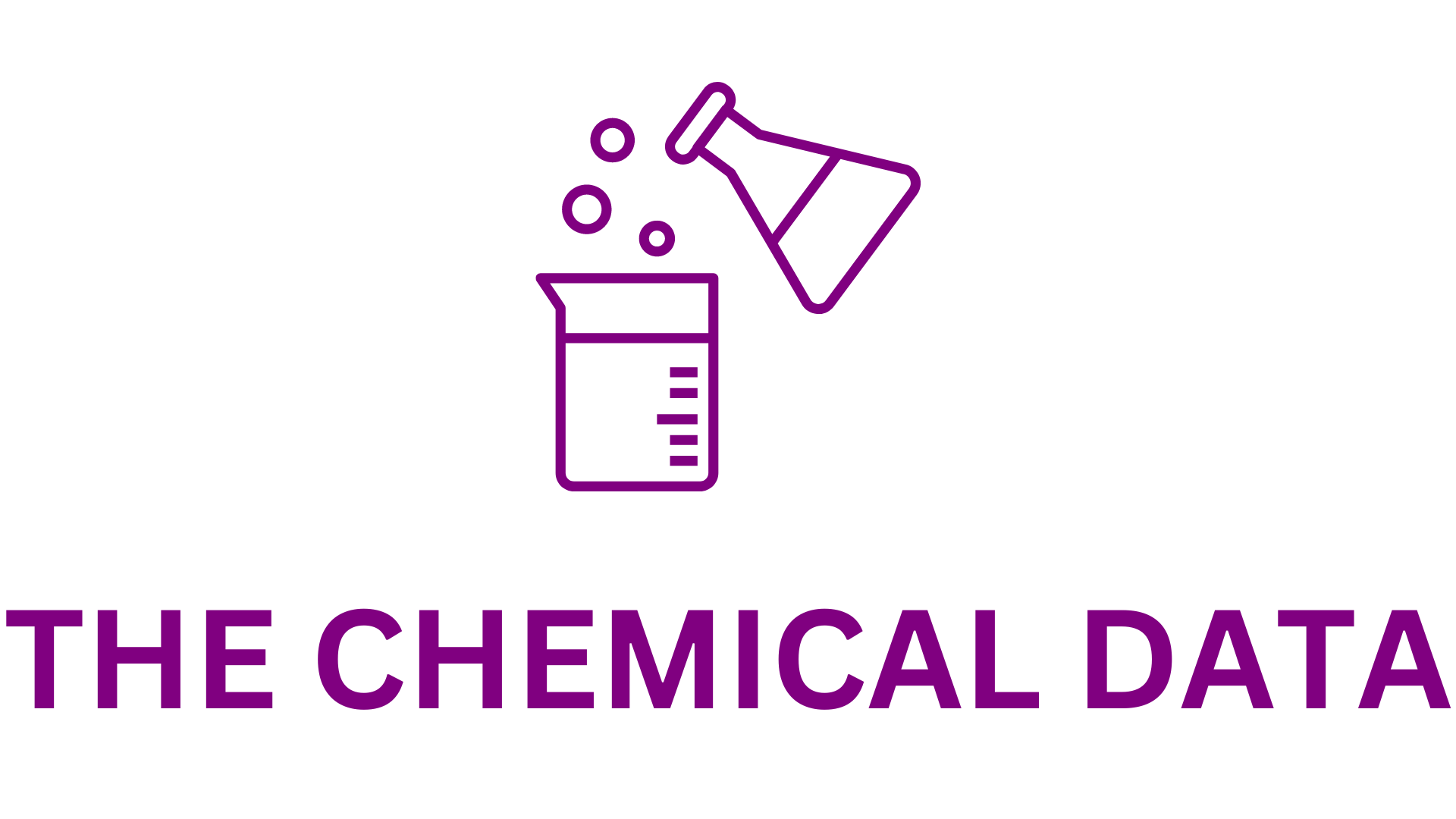
Global Methanol Market Set for Robust Growth Till 2035: Trends, Forecasts, and Regional Insights
Research And Markets.com has added a new offering, “Methanol Market, Till 2035: Industry Trends and Global Forecasts,” highlighting the projected growth, key drivers, and evolving dynamics of the global methanol market. This comprehensive report provides an in-depth analysis of market trends, opportunities, and competitive intelligence, offering stakeholders actionable insights to make informed strategic decisions.
The global methanol market is poised for substantial growth, with market value projected to rise from USD 40.51 billion in 2025 to USD 68.56 billion by 2035, representing a compound annual growth rate (CAGR) of 4.9%. This upward trajectory is driven by methanol’s versatile applications across industrial sectors such as automotive, aerospace, electronics, and chemicals, as well as its favorable environmental profile. Methanol is appreciated for its clean-burning, biodegradable, and storable properties, making it a crucial feedstock and energy source for various industries.
Applications and Emerging Trends
Methanol finds extensive applications across multiple industries. In chemicals, it serves as a primary input for the production of formaldehyde, acetic acid, and methyl tert-butyl ether (MTBE). In fuels, it is increasingly used as a low-emission alternative fuel for vehicles, particularly in regions emphasizing environmental sustainability. Other notable applications include plastics, paints, solvents, and cosmetics.
A notable trend is the growing adoption of green methanol, produced using renewable sources such as hydrogen, carbon dioxide, and carbon monoxide. Green methanol is emerging as a key component in the global shift toward low-carbon energy solutions, driven by environmental regulations and corporate sustainability initiatives. Traditional fossil methanol, derived from coal and natural gas, remains a significant portion of the market but is gradually being complemented by these sustainable alternatives.
Technological advancements are shaping the industry, enhancing methanol’s efficiency and supporting its use as a sustainable energy source. Innovations in low-carbon methanol production at room temperature highlight the sector’s commitment to reducing greenhouse gas emissions and fostering a circular economy. These advancements are expected to accelerate the adoption of green methanol, supporting the overall market expansion.
Market Segmentation by Feedstock
The methanol market is categorized by feedstock sources, primarily coal, natural gas, and others. Currently, natural gas dominates due to its cost-effectiveness, availability, and comparatively lower environmental impact. Coal-based methanol, while historically significant, faces sustainability challenges, and alternative feedstocks are gaining traction as industries move toward greener solutions.
Derivatives and Applications
Methanol derivatives are vital market segments and include acetic acid, biodiesel, dimethyl ether (DME), formaldehyde, gasoline blending components, MTBE, methanol-to-olefins/methanol-to-propylene (MTO/MTP), solvents, and others. Among these, formaldehyde currently holds the largest share, largely due to its wide usage in adhesives, resins, and polymer production. However, MTO/MTP is expected to register faster growth, fueled by demand for thermoplastics in automotive, construction, and packaging applications.
End-User Segments
The methanol market spans multiple end-user industries, including automotive, chemical, construction, electronics, energy, and others. The chemical industry remains the largest consumer, leveraging methanol for the production of formaldehyde, acetic acid, and other key chemical intermediates. Conversely, the automotive sector is projected to see higher growth rates, driven by the adoption of low-emission fuels and methanol as an alternative fuel, especially in Asia-Pacific markets like China and India.
Distribution and Product Forms
Methanol distribution channels include direct sales, distributors, and retailers, with distributors leading due to their extensive supply chain capabilities and large-scale handling infrastructure.
Regarding product form, liquid methanol dominates because of its versatility and widespread industrial use, while gaseous methanol plays a smaller role in specialized applications. Additionally, methanol is classified by purity levels, including fuel grade, industrial grade, and technical grade, with industrial grade being the most widely used, particularly in chemical manufacturing and automotive applications.
Regional Insights
Geographically, the methanol market spans North America, Europe, Asia, Latin America, the Middle East and North Africa (MENA), and other regions. Asia currently leads the global market, propelled by China’s high methanol consumption as a low-emission fuel and chemical feedstock. The region’s expanding automotive and construction sectors, coupled with government incentives for green fuels, are significant growth drivers.
In contrast, North America is expected to exhibit higher growth rates, supported by rising awareness and adoption of sustainable fuels and green methanol initiatives. Europe, Latin America, and MENA also present growth opportunities as industrial sectors expand and regulatory frameworks incentivize cleaner energy solutions.
Research Coverage and Strategic Insights
The report provides extensive coverage of the methanol market, including:
- Market sizing and opportunity analysis for feedstock, derivatives, end-users, and regional segments.
- Competitive landscape and company profiles, offering insight into strategies, product portfolios, and market positioning.
- Value chain analysis, highlighting key stakeholders, production processes, and supply chain dynamics.
- Assessment of market drivers, restraints, and emerging trends, allowing stakeholders to make data-driven strategic decisions.
The research also provides revenue projections, helping industry participants understand market potential and plan investments effectively. Additional features include complimentary Excel data packs, 15% content customization, report walkthrough sessions, and free updates for reports older than six months.
Key Market Figures
- Forecast Period: 2025–2035
- Estimated Market Value in 2025: USD 40.51 Billion
- Forecasted Market Value by 2035: USD 68.56 Billion
- Compound Annual Growth Rate (CAGR): 4.9%
- Regions Covered: Global
Leading Companies
The report profiles several major players in the methanol industry, including BASF, Celanese, HELM, LyondellBasell, Metafrax Chemicals, Methanex, Mitsubishi Gas Chemical, Mitsui & Co., OCI, PETRONAS, Proman Infrastructure Services, SABIC, Simalin Chemical, SIPCHEM, Southern Chemical, Yankuang Energy, and Zagros Petroleum. These companies are evaluated based on their market share, strategic initiatives, product offerings, and technological advancements.
Source Link : https://www.businesswire.com/







